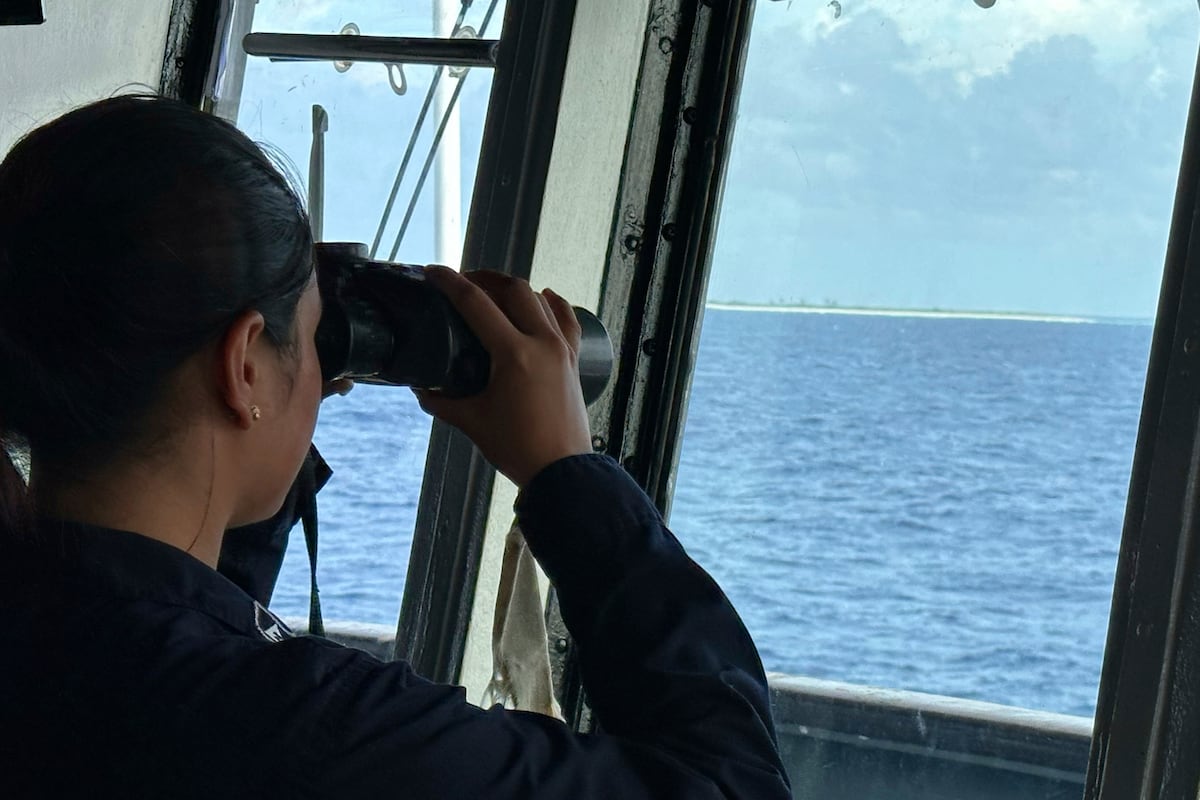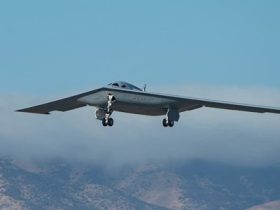Five Sikorsky MH-60R Seahawk helicopters and two Airbus A321 XLR aircraft are set to respectively replace the Royal New Zealand Air Force’s (RNZAF’s) eight Kaman SH-2G(I) Seasprites and two Boeing 757 transport aircraft at a cost of NZ$2.7 billion (US$1.17 billion).
The new Airbus aircraft will cost NZ$700 million, while the Seahawks will run NZ$2 billion.
The RNZAF has operated the SH-2G(I) Seasprite since 2015. The new Seahawks, meanwhile, will provide a 600-mile range, approximately one-third greater than the Seasprite.
The two B757-200, which first flew in 1993, have been in RNZAF service since 2003 and were modified to 757-2K2 status in 2007 with the addition of an upper deck cargo door, strengthened floor, upgraded engines and improved avionics.
The Airbus A321XLR has a range of 5,400 miles, compared to the 4,485-mile range of the B757s. The extra range will enable flights to Antarctica to return safely to New Zealand if they cannot land due to ice or weather conditions.
Defence Minister Judith Collins and Foreign Affairs Minister Winston Peters made the announcement Aug. 21. It is the first major investment decision to be made as part of the Government’s Defence Capability Plan (DCP), released in April this year.
A complementary Uncrewed Aerial Systems (UAS) capability will be progressed after the helicopter procurement.
“This decision will ensure New Zealand has a critical combat capable, interoperable and dependable fleet,” Collins said. “The MH-60R Seahawk is a great aircraft for what New Zealand needs and fulfills our objective of having a more integrated Anzac force, and the new planes will give us reliable aircraft to deploy personnel and respond to international events.”
New Zealand will be the fifth overseas customer for the Seahawk.
“The DCP provides the foundation for our uplift in defence spending, and two yearly reviews of the plan will allow us to adapt to an ever-changing security environment,” Peters said.
Collins highlighted that the maritime helicopters are versatile and add combat and deterrent capability to the naval fleet.
“These five Seahawks will increase the offensive and defensive capability and surveillance range of New Zealand’s [two Anzac-class] frigates and ensure we are interoperable with our ally Australia and other partner defence forces,” she said.
Collins rejected a suggestion that replacing eight Seasprite helicopters with five Seahawks would mean a reduction in capability because the current fleet were so old they were only able to operate [part] of the time.
“The two new Airbus A321XLR aircraft will be acquired on a six-year lease-to-buy arrangement, with capital costs of $620 million and four-year operating costs of $80.86 million.”
Collins made the announcement exactly a week after opening a new hangar at Ohakea air base for the RNZAF’s four P-8A Poseidons, an event which included a P-8 from both Australia and the U.S.
She described the new hangar as a strategic asset to the whole of New Zealand and said it cost “more than NZ$250 million. You can’t make use of the P-8 without this secure facility.”
Speaking to Defense News, Collins said, “I think we are very focused on our security as a nation, but also on pulling our weight when it comes to things like search and rescue. We are not aggressive people, but we know that sometimes we are going to have to stand up for ourselves.”
Asked about the relatively modest lethality of New Zealand’s defense force, she added, “Let me tell you that if people want to attack our people they should expect that they might get hurt back.”
“We work very closely with the U.S. We’re all Pacific partners.”
Nick Lee-Frampton is the New Zealand correspondent for Defense News.
Read the full article here








Leave a Reply